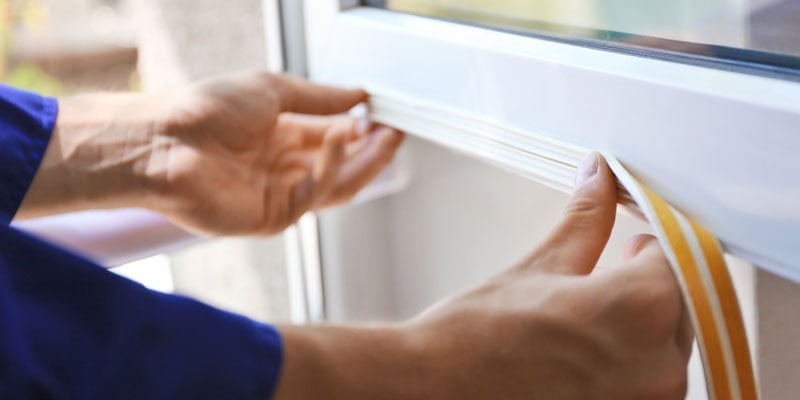The best place to start is with a Home Energy Audit. Every home is unique, so finding out specifics regarding your house is important to create a customized plan. Additionally, having a benchmark of your home’s efficiency will be useful in assessing energy savings following the retrofit!
In my opinion, insulation and air sealing are some of the most important, fundamental components of retrofitting as these lead to energy conservation which easily saves money!
Beyond energy conservation, the consumption and creation of energy within your house is just as vital. Ultimately, making good choices and using energy efficient appliances will limit your consumption. People use energy, not our homes, so focusing on your plug loads is important when looking at the house as a whole. If you know your household needs, then you will start figuring out how to supplement the demand.
A lot of common household items consume large amounts of energy that you may not be aware of. Plug load monitors will allow you to see how much energy devices use so that you can be smart about which items should be unplugged when not in use. Top energy consuming devices that are often overlooked include aquariums, copiers, dehumidifiers, and gaming devices.
For long term sustainability, consider solar and wind power to create energy. With the growing demand and modern manufacturing, solar panels and residential wind turbines are becoming more affordable. If you are planning on occupying your house for years to come, investing in renewable energy generation can quickly pay for itself when you no longer have electricity bills. Even if you aren’t predicting a long-term future in a given property, a home with renewable energy adds value to the property and could reimburse the installation costs at the time of sale.

